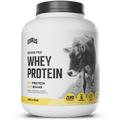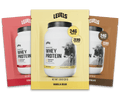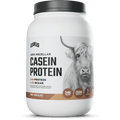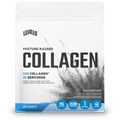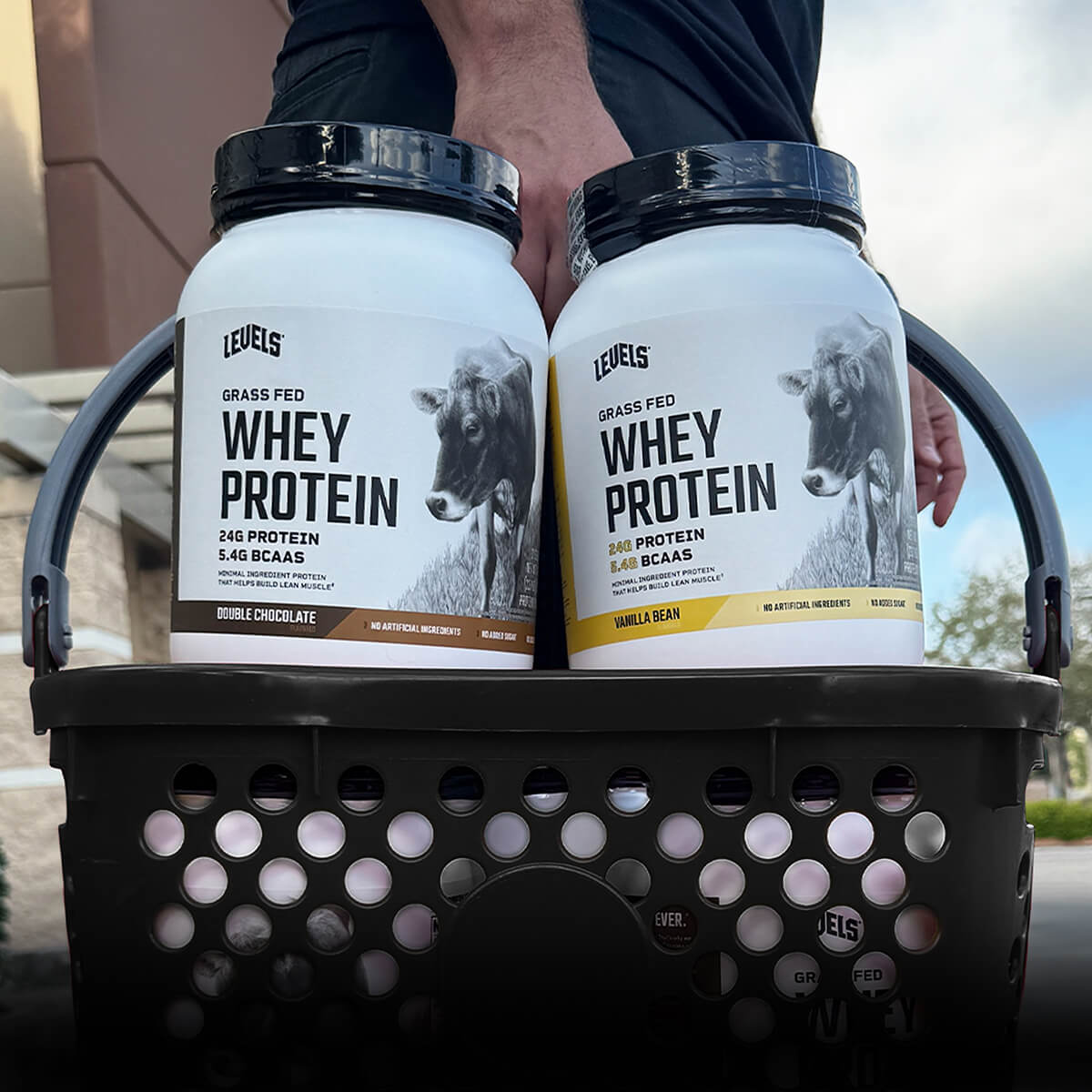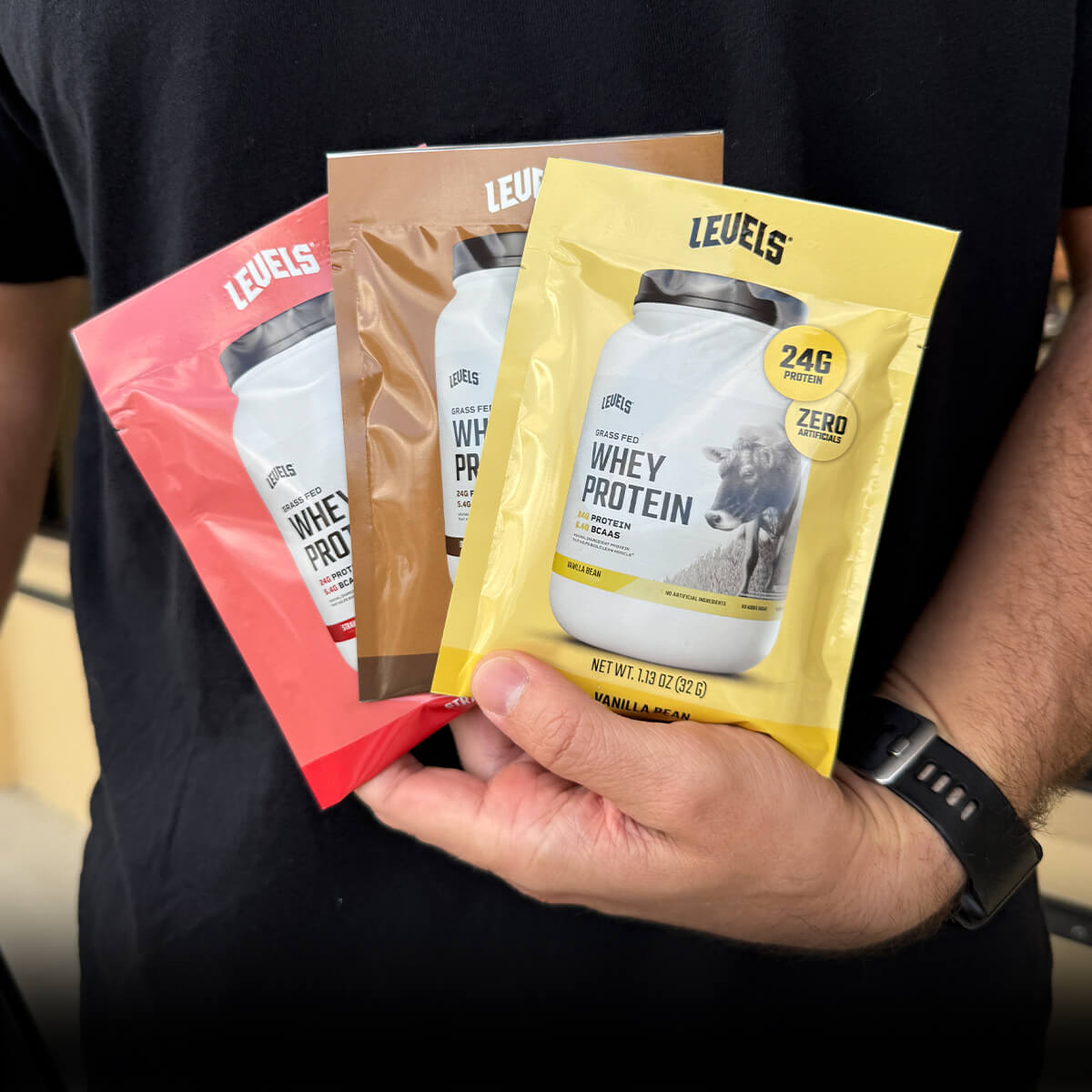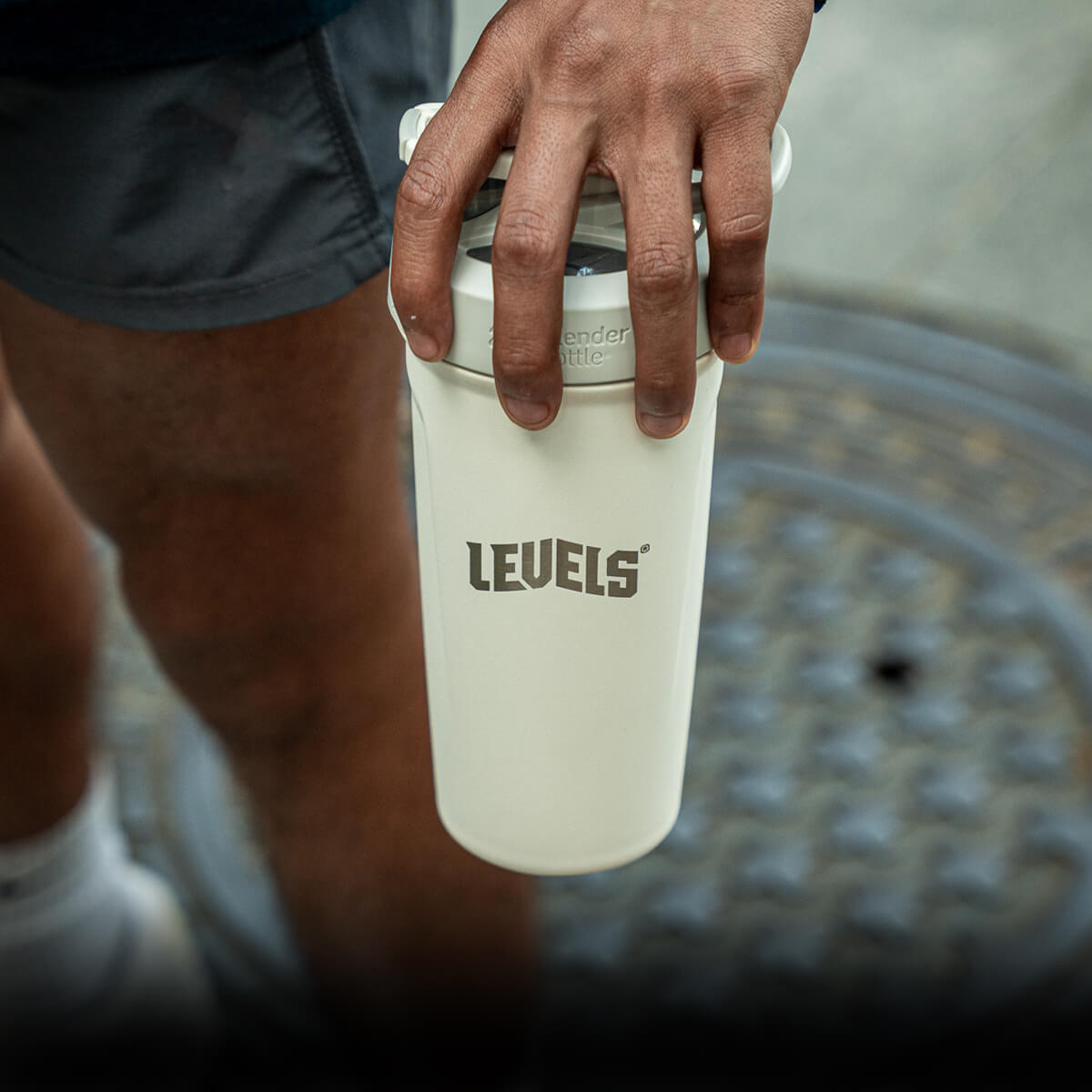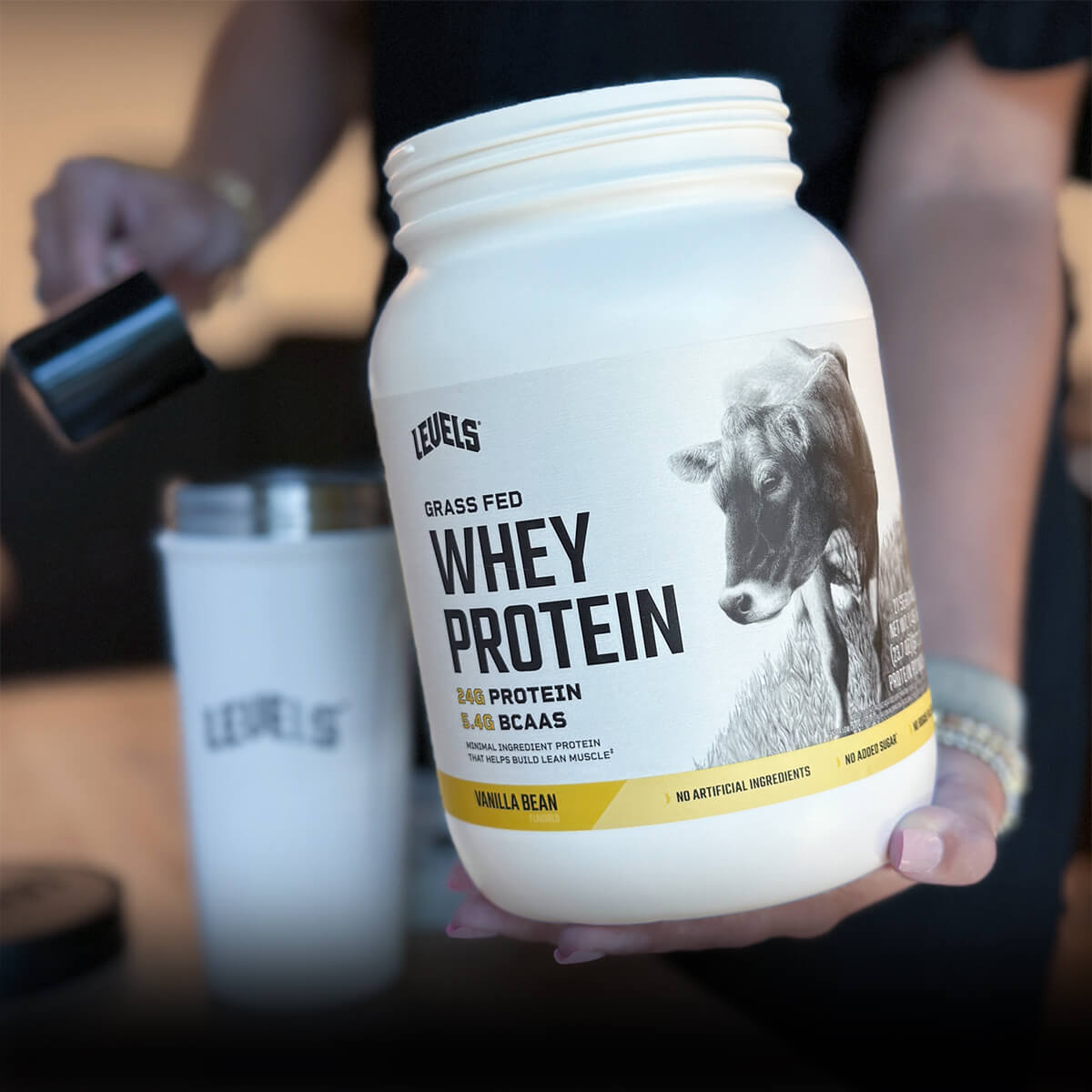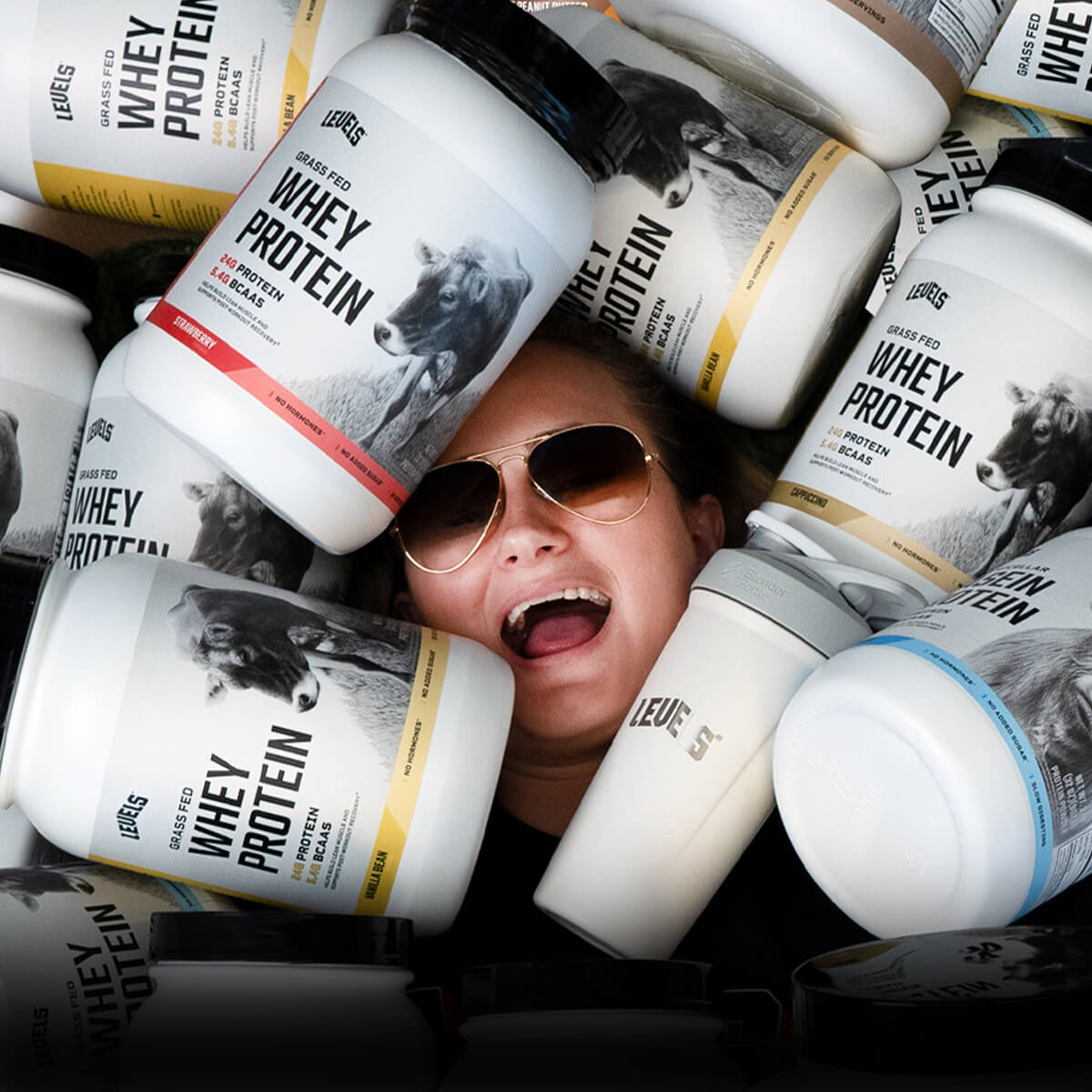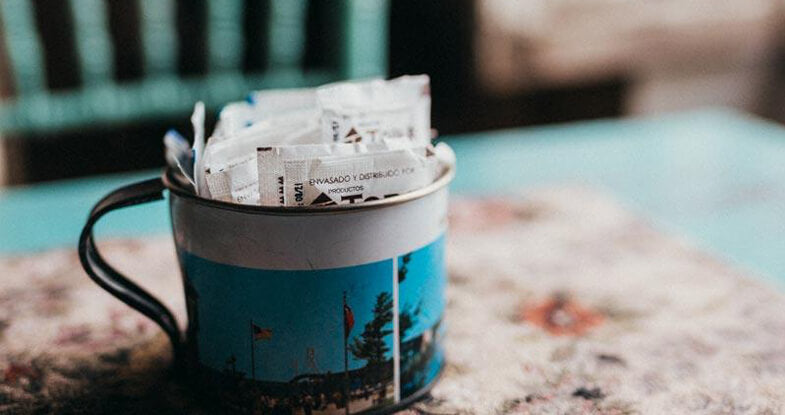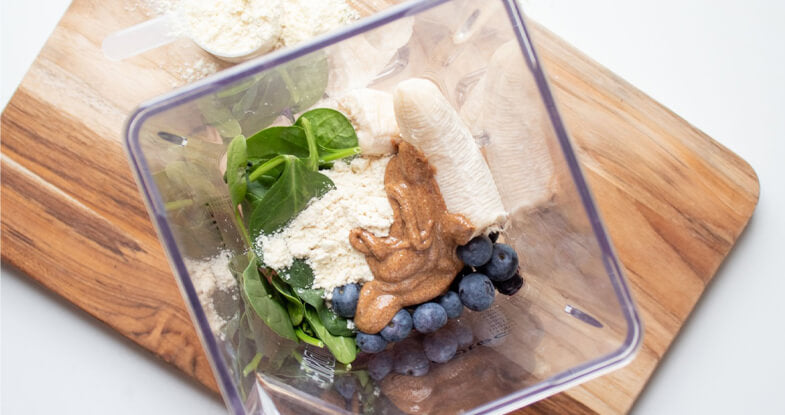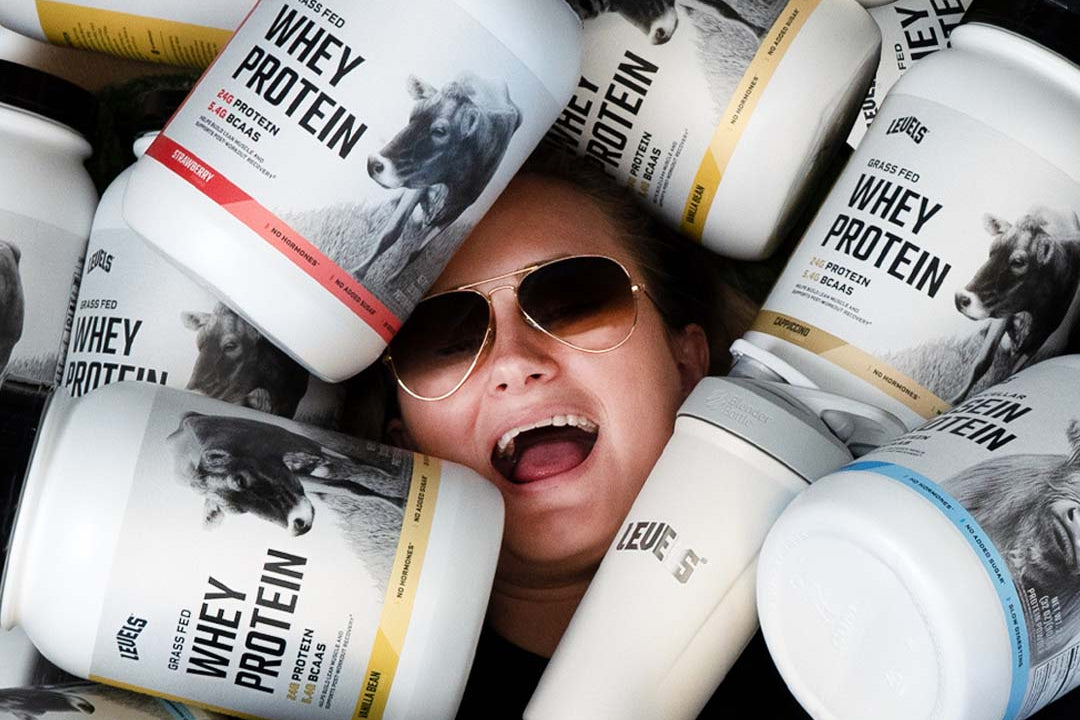Is sucralose keto?
Sucralose may seem like a keto-friendly artificial sweetener because it lacks carbs and calories.
But with concerns about it potentially causing cancer, weight gain, and higher blood sugar levels, there may be more to sucralose than initially meets the eye.
This guide covers all the pros and cons of sucralose on keto, plus two better sugar alternatives to use instead.
Let’s start with the basics.
What Is Sucralose?
Sucralose is an artificial sweetener that was discovered accidentally in 1976. When you remove three molecules from sugar and replace them with chlorine atoms, you get sucralose[*].
This chlorinated sugar provides a taste that’s up to 600 times sweeter than sucrose (i.e., regular table sugar)[*]. And it doesn’t contain any carbs or calories.
What’s the Nutritional Value of Sucralose?
Because our bodies only digest up to 27% of sucralose, it doesn't contribute any calories, protein, fat, fiber, or carbs[*].
The addition of chlorine makes the sugar in sucralose difficult for people to digest. So sucralose passes through your digestive system mostly unmetabolized.
The same isn’t true for Splenda.
Is Splenda the Same as Sucralose?
Splenda is the most popular sucralose-based artificial sweetener. But it’s not pure sucralose.

By volume, bulking agents maltodextrin and dextrose make up 95% of Splenda.
Maltodextrin, which we discussed in this guide, is a highly-processed preservative, artificial sweetener, filler, and binder.
It's made from high-carb foods like corn, rice, and wheat. And it contains just as many carbs as table sugar per serving[*].
Maltodextrin even ranks higher on the glycemic index (GI) than sugar. The glycemic index ranks foods based on the effect they have on your blood sugar levels.
Sugar clocks in a GI of 65. Maltodextrin? A GI of 100.
That means maltodextrin has the potential to raise your blood sugar levels higher than sugar.
Thanks to the maltodextrin and dextrose in Splenda, each teaspoon adds 3 calories and 1 gram of carbs to your daily macros[*].
You’ll also find sucralose in popular low-sugar and keto foods.
Subscribe to get the latest advice, sales, discounts, product drops and more. Join now and get 15% off your first order.
Keto Products that Contain Sucralose
Sucralose is used in more products in the US than any other artificial sweetener[*].
It’s typically found in “diet,” “sugar-free,” or low-carb products such as:
- Soda
- Candy
- Protein bars
- Protein powder
- Meal replacement shakes and bars
- Supplements and vitamins
There are a few reasons why Splenda remains the most widely-used sugar substitute[*]. But these few pros don't outweigh the cons when you're on a ketogenic diet.
Sucralose and Keto: Are There Benefits?
You won’t find any nutritional benefits in sucralose. But people like sucralose (and Splenda) because:
- Sucralose sweetens low-carb products cheaply. Pure sucralose provides up to 600x the sweetness of sugar without adding many calories or carbs to foods and beverages. And it costs much less than natural sugar alternatives.
- Less bitter aftertaste. Fans say sucralose lacks the bitter aftertaste of other artificial sweeteners (possibly because it’s made from sugar).
- Easy sugar substitution. Sucralose measures like sugar (1:1) in most recipes. This simple swap may help people easily replace sugar in their diets.
But sucralose should not be heated or baked with, as we’ll discuss next.
3 Reasons to Avoid Sucralose
Here’s why we avoid using sucralose at Levels.
1. Sucralose Is Dangerous When Exposed to High Heat
Sucralose becomes chemically unstable when heated and starts to degrade.
This causes the release of toxic compounds known as chlorinated aromatic polycyclic hydrocarbons (CI-PAHs) and chloropropanols[*][*][*].
These compounds can accumulate in your body and may be potentially carcinogenic (i.e., cancer-causing).
Even if you personally avoid heating it, you have no idea if the sucralose in your protein bars or supplements was exposed to high heat during manufacturing.
2. Sucralose May Increase Sugar Cravings and Weight Gain
Artificial sweeteners like sucralose are hundreds of times sweeter than sugar. And they trigger your reward system the same way sugar does.
Studies show sucralose may cause[*][*]:
- Sugar cravings
- Increased appetite and overeating
- Weight gain
- Higher insulin production (which encourages fat storage, not fat burning)
Each of these side effects will make going keto harder than it needs to be.
3. Sucralose May Harm Your Healthy Gut Biome
Your gut flora’s home to over 100 billion bacteria[*]. But your diet has a significant role in whether that bacteria will help or harm you.
Feed your body right and you’ll foster a healthy gut biome with an army of beneficial bacteria. They’ll help lower inflammation, improve digestion, and strengthen your immune system[*].
Bad news: sucralose and Splenda may both disrupt your gut biome and encourage harmful bacteria to take over.
According to studies, sucralose and Splenda[*][*]:
- Cause signs of chronic liver inflammation
- Lower healthy gut bacteria levels
- Prevent the growth of beneficial bacteria
We don’t have many human studies on sucralose consumption to confirm what animal trials have shown. But it’s safe to say sucralose isn’t the best sweetener on a keto diet.
Is Sucralose Keto-Friendly?
Sucralose is not keto-friendly because it may spike your blood sugar and insulin levels[*].
And it may contribute to insulin resistance — when your blood sugar levels remain high because your cells stop responding to insulin.
High blood sugar levels and high insulin levels promote fat storage and make it impossible to get into ketosis. Your insulin and blood sugar levels must be low for your body to switch from burning glucose to burning fat for fuel[*].

What about Splenda? Is Splenda keto-friendly?
Splenda has a GI of up to 80 due to the maltodextrin and dextrose. In comparison, sugar has a GI of 65. So Splenda may raise your blood sugar levels higher than sugar.
Again, you won’t get or stay in ketosis with high blood sugar and insulin levels.
Is Sucralose Safe?
The FDA says “high-intensity sweeteners” like sucralose are generally recognized as safe[*].
The acceptable daily intake (ADI) of sucralose is 5 milligrams for each kilogram of body weight[*]. So a 150-pound person could safely use 340 milligrams of sucralose per day[*]. For reference, a single packet of Splenda contains 12 milligrams of sucralose. So that’s an ADI of 28 packets per day.
Previous studies have linked sucralose with cancer, but the research has been debunked[*][*][*]. The results were only seen in animal studies using very heavy doses; other studies were paid for by the sugar industry.
But even if it doesn’t cause cancer, there are still too many downsides to using sucralose for us to recommend it. Especially when better, natural keto sweeteners exist.
The Best Keto Alternatives to Sucralose
Sugar habits are difficult to quit. Many people experience intense sugar cravings during their transition to ketosis.
So sugar substitutes satisfy your sweet tooth without jeopardizing your weight loss or ketosis goals.
Just skip the chlorinated sugar, and stick to natural keto sweeteners instead. These two will help you stay the low-carb course without the potential risks:
1. Stevia
Though the leaves of the Stevia Rebaudiana plant aren’t inherently sweet, extracting and concentrating the plant compounds inside them brings out a natural sweetness.
Pure stevia contains zero calories and zero carbs — yet its 200-300 times sweeter than sugar[*].
You can find stevia in liquid and powdered form. And you typically only need 1 teaspoon of stevia per cup of sugar in keto recipes.
You can also bake with stevia because it’s stable at low and high temperatures alike.
We like using stevia at Levels because it doesn’t raise blood sugar or insulin levels[*]. Studies even show stevia may lower blood sugar levels[*][*][*].
Our other favorite keto sweetener also comes from a plant.
2. Monk Fruit
The monk fruit is a small gourd native to China, Thailand, and Southeast Asia. It contains mogrosides, which are antioxidants that give off a sweet taste[*].
When the mogrosides are extracted from monk fruit and left to dry, the concentrated powder becomes up to 250 times sweeter than sugar[*].
Monk fruit is one of our favorites here at Levels because it:
- Comes from an antioxidant
- Contains zero carbs
- Will not raise blood sugar or insulin levels
- May trigger the release of insulin to help lower or manage blood sugar levels[*]
Monk fruit and stevia each boast health benefits. And they won’t affect your chances of reaching or staying in ketosis.
That’s why we only use stevia and monk fruit in our whey protein.
Bottom Line: Is Sucralose Keto?
Why is sucralose not keto? Because it raises your blood sugar and insulin levels. It may also keep you from reaching ketosis or kick you out.
Sucralose and Splenda both make a keto diet more challenging when it doesn’t need to get any more complicated.
Stevia and monk fruit provide the natural sweetness you’re craving, and they’ll do more to help your health than harm it.
